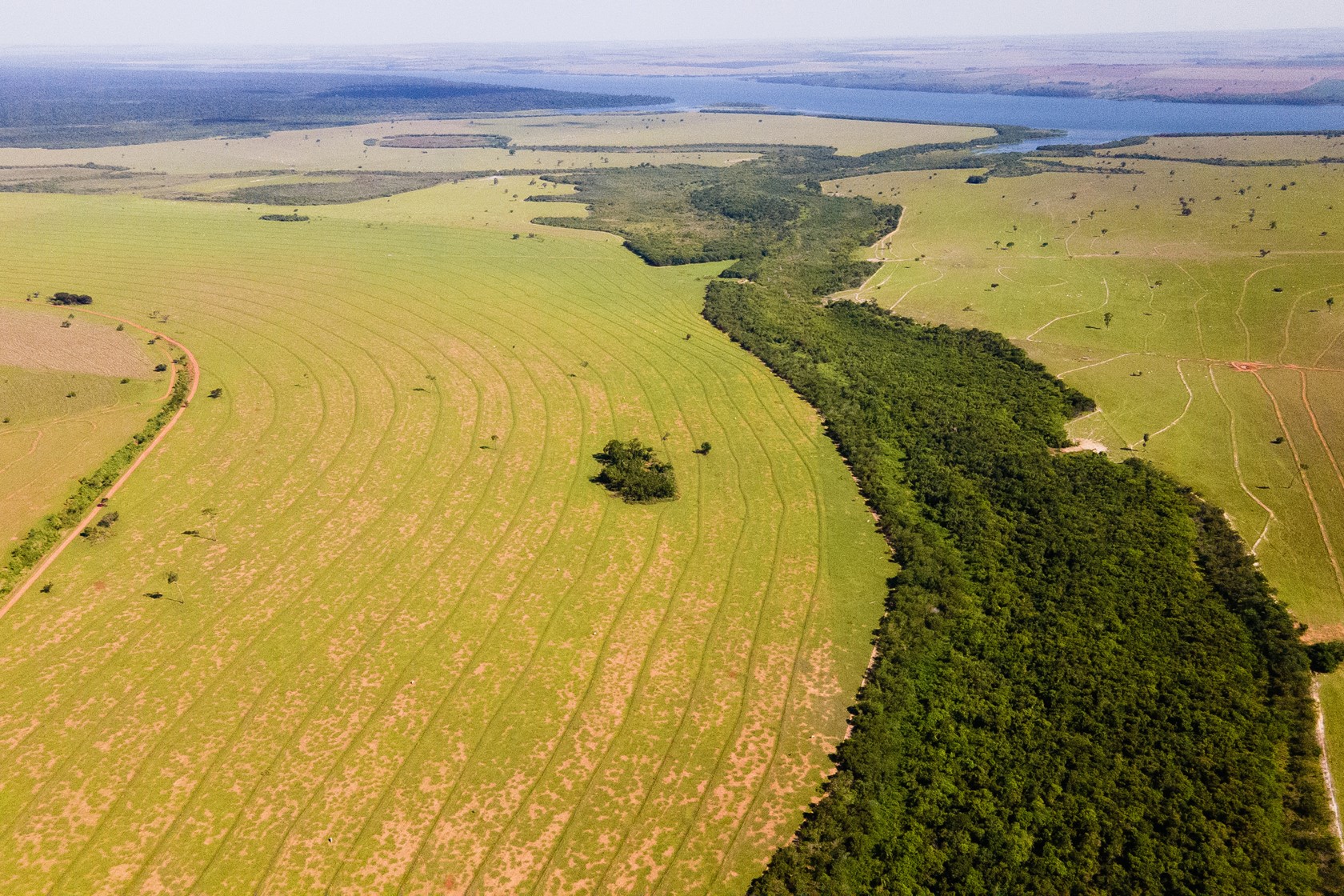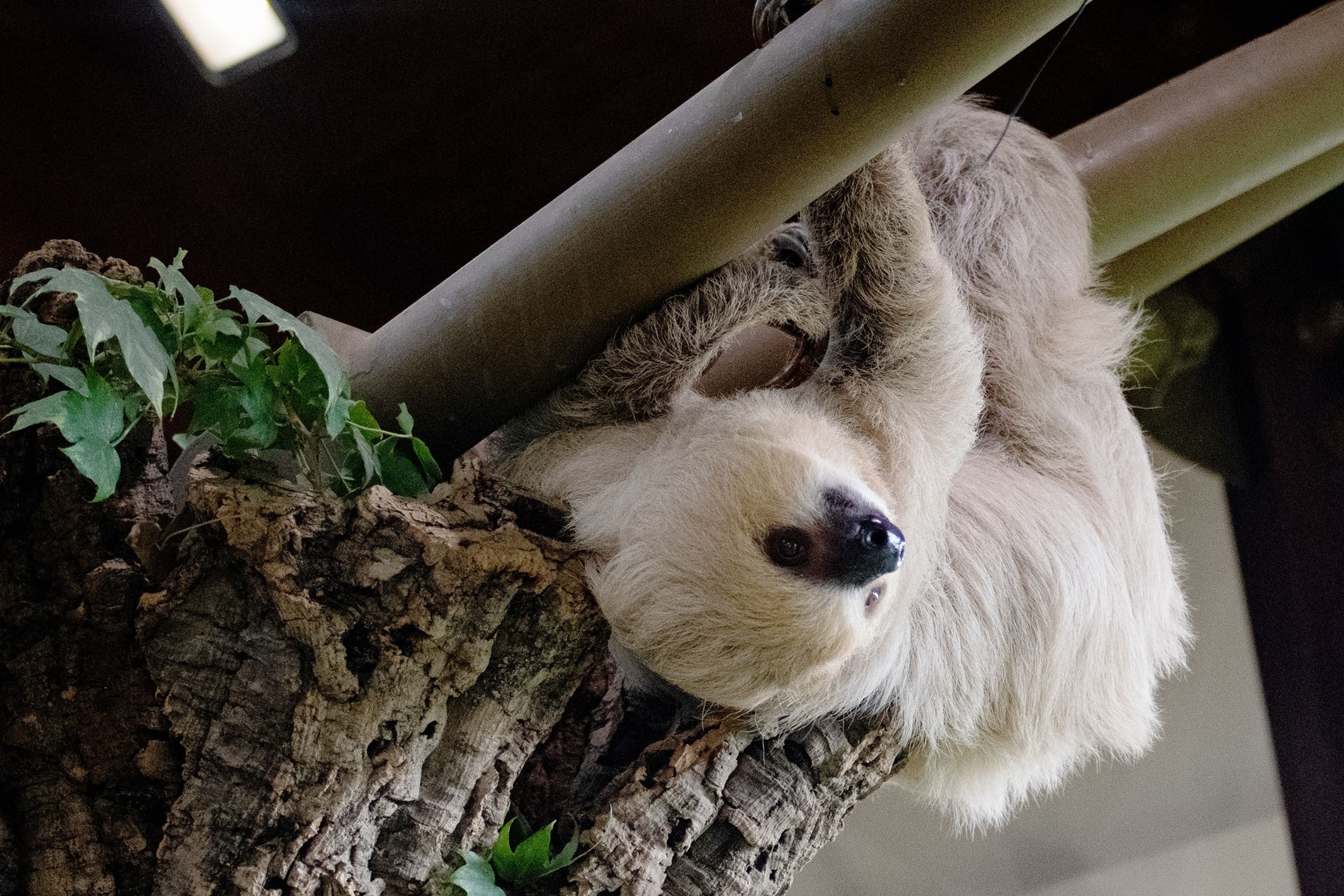In this week's Durrell Diaries, Associate Veterinary Officer, Dave Houston, describes his recent trip to Der Grüne Zoo Wuppertal.
Back in November I was lucky enough to spend a week with the vet team at Der Grune Zoo, Wuppertal in western Germany. I was there to meet some colleagues in the zoological medicine profession, see practice, and to discuss and share ideas about different ways of operating as vets working in modern European zoos.
Der Grune Zoo first opened as the Elberfeld Zoological Garden in 1881 and is currently municipally owned and operated by the city of Wuppertal. It is home to about 5,000 individual animals, representing approximately 500 species of mammals, birds, reptiles, amphibians, fish and invertebrates.
With regards to veterinary medicine in Wuppertal, things are in many ways very similar to Jersey Zoo, but then again also very different. They have a lot of ungulates (which primarily consists of large mammals with hooves) and large carnivores. These are obviously not great candidates to be brought up to the vet centre, so a lot of their day-to-day work is conducted in the animals’ enclosures. Due to the number of ungulates, and the risk of Bluetongue virus and cowpox virus, there is also a large amount of vaccination performed daily, normally via blowpipe. During my week there, we vaccinated reindeer, yak, okapi and takin and I was also lucky enough to help out with the anaesthesia of a babirusa and a Michie's tufted deer for their pre-export health checks.
Whilst I was there, I also got to learn more about how they manage their breeding colony of hyacinth macaws. The birds are housed in a large, purpose-built, outdoor/indoor, free-flight aviary called “Aralandia”, alongside a flock of Chilean flamingos and a southern pudu (in Wuppertal there is always a pudu).

The purpose of Aralandia is to identify macaws which have formed breeding pairs and to encourage laying and chick-rearing. The birds are fitted with GPS collars which can identify which birds are spending significant amounts of time together. Birds that are identified as having formed mating pairs have their microchip numbers entered into an automated scanner, which is placed in a tunnel through which the birds pass when they want to enter the indoor section of the aviary. When the paired-up birds enter the tunnel, they are automatically trapped and can be moved to quieter backroom aviaries fitted with nest boxes and cameras. The idea is to allow the birds to freely select their own mates and then provide these pairings with optimal conditions for breeding and chick-rearing.
Aralandia had just welcomed its first fledged chick while I was at the zoo and, while streamlining the process is an ongoing mission, the team are hoping to use the system for other species in the future.
All in all, I had an absolute blast at Wuppertal. I met some fantastic people and observed, first-hand, zoological medicine that was in many ways very similar to what we practice at Jersey.
Selfishly, I also got to work with okapi and takin, take a blood sample from an elephant, and tickle-down a tapir. It's always nice to get a few things off the bucket list!
This article was originally printed in the Jersey Evening Post on Friday 31 January.


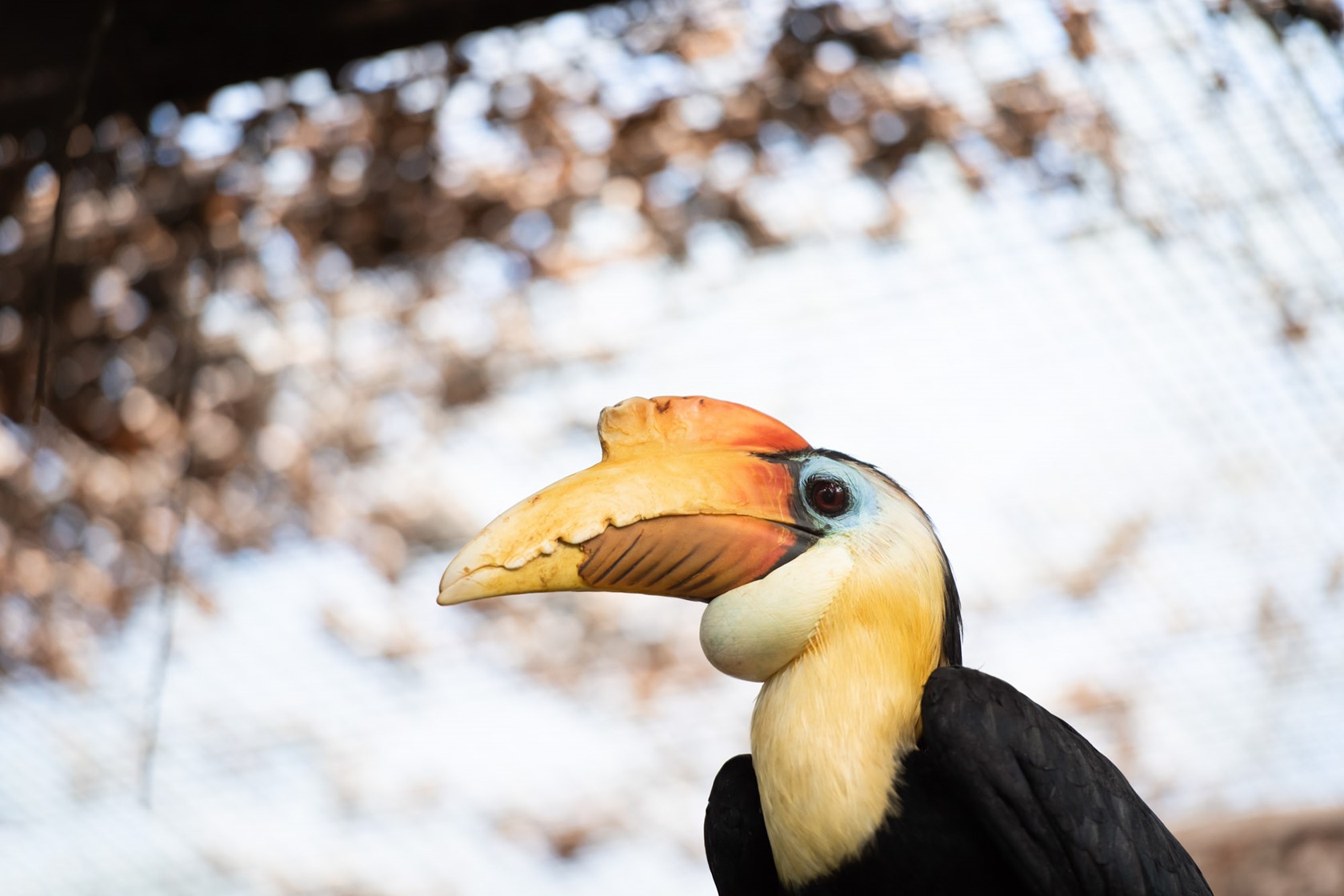
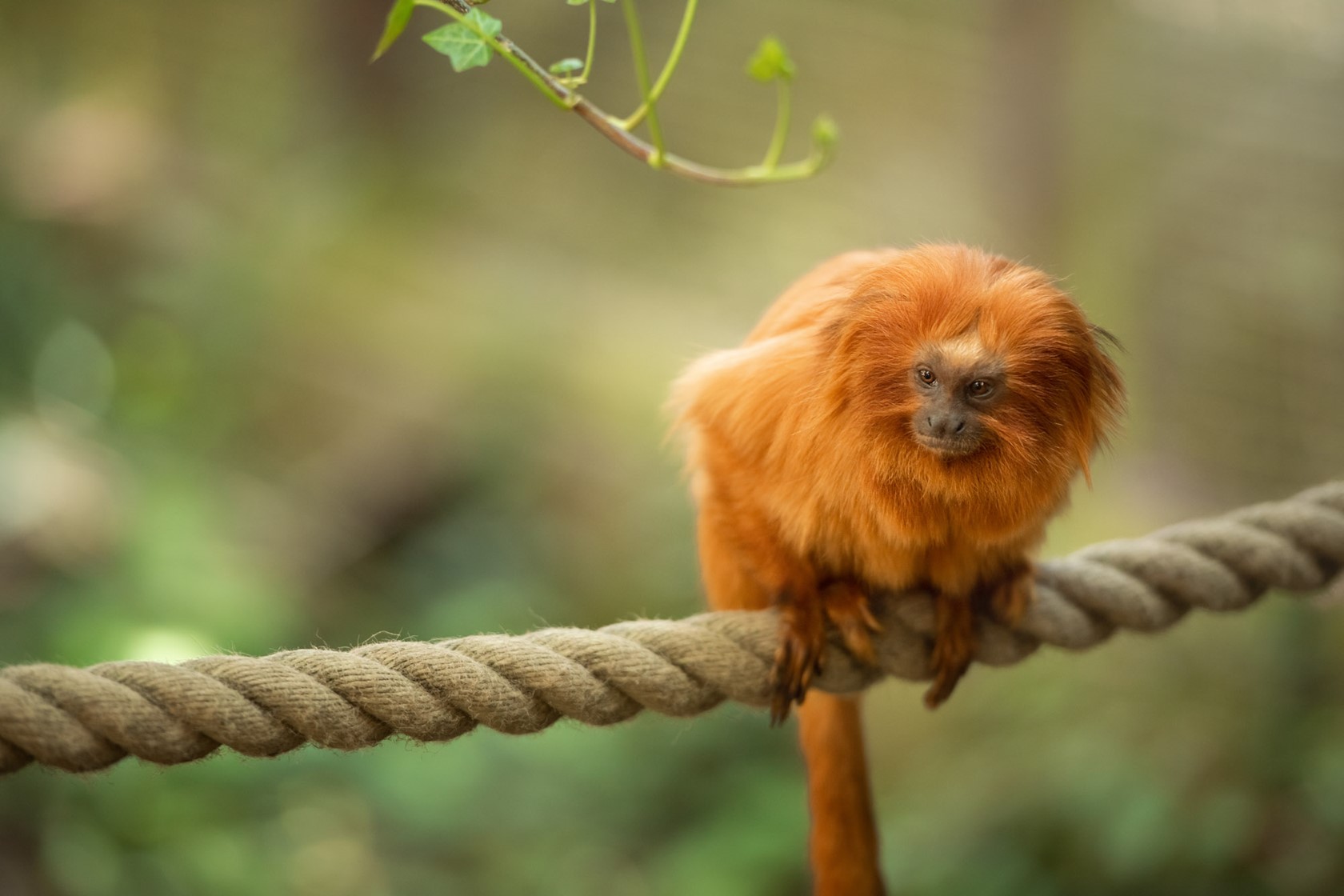
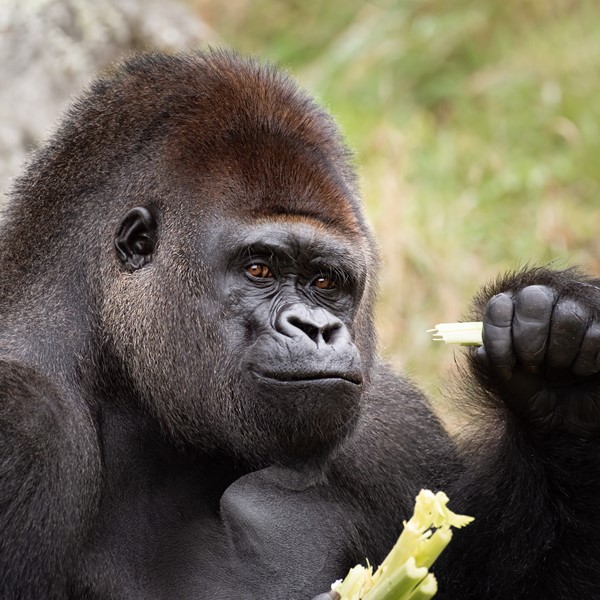 Mammals
Mammals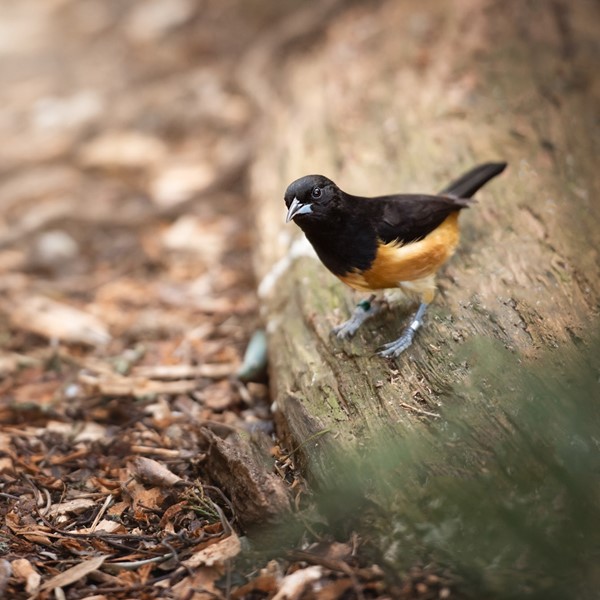 Birds
Birds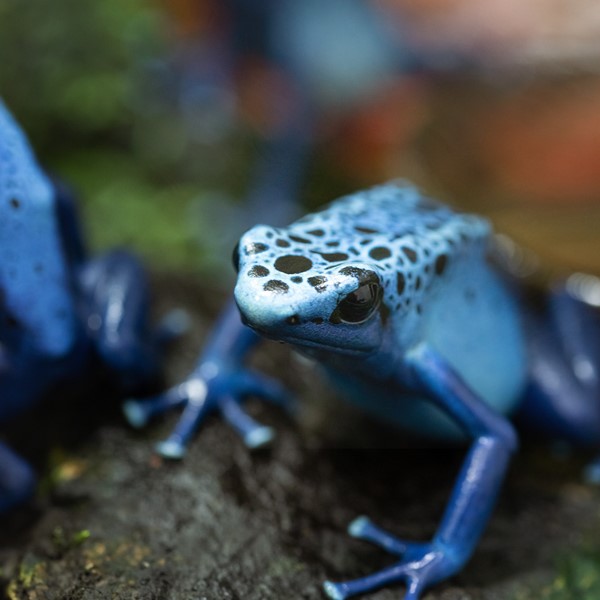 Amphibians
Amphibians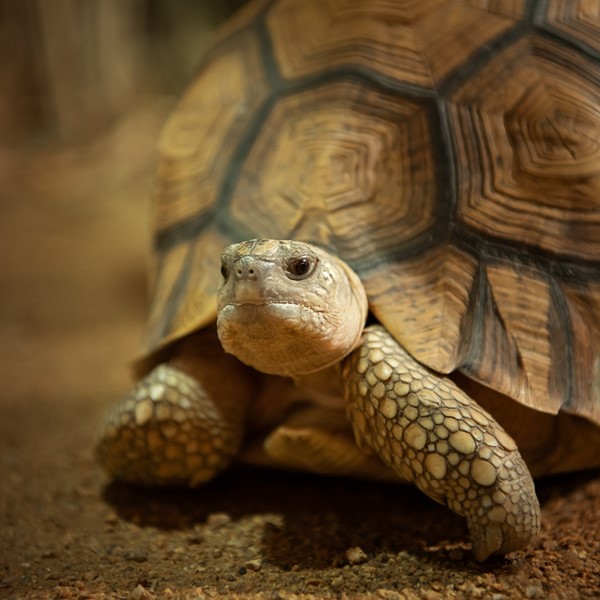 Reptiles
Reptiles

